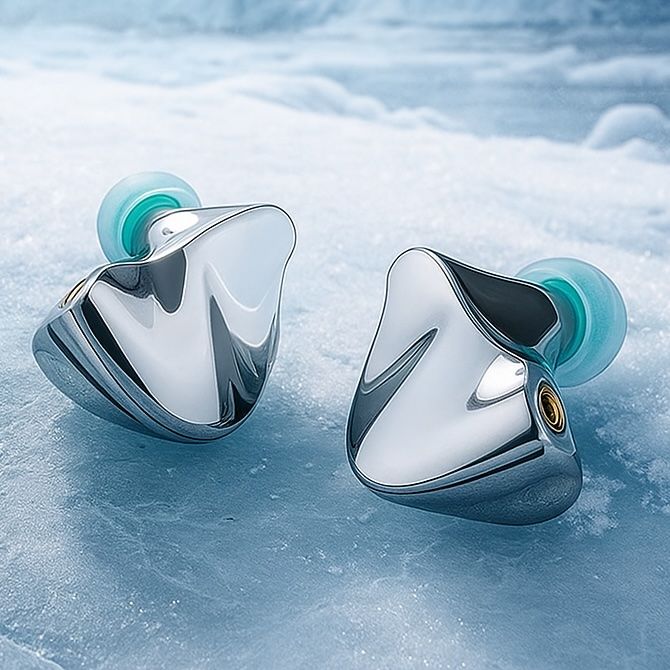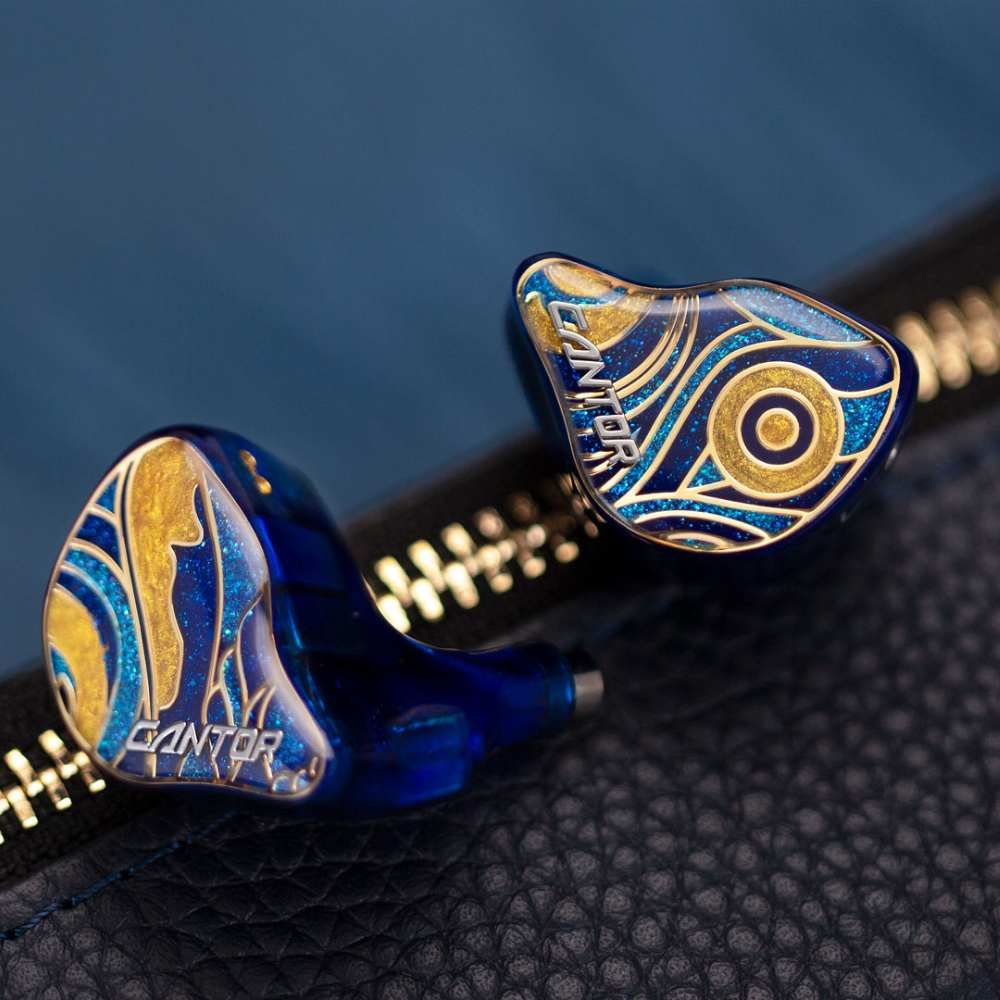Glaciervs.Cantor
Sound & Specs Comparison
Information
Both IEMs are widely regarded in the audiophile community. See how they differ in terms of sub-bass response, upper mids, clarity, and overall tonality. Spider charts and rating breakdowns included.
Objective Comparison
Facts, details, stuff.
| General Info | Glacier | Cantor |
|---|---|---|
| Brand | DUNU | AFUL |
| Country | China | Taiwan |
| IEM Description | A powerful flagship 9‑driver tribrid IEM delivering impactful sub‑bass, detailed mids, and airy treble. Encased in mirror‑finished 904L stainless steel with DLC coating and equipped with a modular premium cable—built for both refinement and performance. | The AFUL Cantor combines technical precision with musicality in a hybrid design. Featuring a dynamic driver for powerful bass and multiple balanced armatures for clean mids and sparkly highs, it delivers a spacious soundstage with excellent separation. Tuning leans slightly toward a balanced-bright signature, making it a solid choice for detail lovers who still want some low-end punch. |
| Price Level | 1.000 – 2.000 | 500 – 1.000 |
| Housing & Driver | ||
|---|---|---|
| Driver Config | Tribrid | Multi-BA |
| Driver Types | Electrostatic + Dynamic Driver + Balanced Armature | Balanced Armature |
| Shell Material | 904L stainless steel with diamond-like carbon mirror finish | – |
| Cable | 8‑core monocrystalline copper with triple-layer insulation; white cloth sleeving | 4Braid 5N OFC Cable |
| Technical | ||
|---|---|---|
| Freq Range | 5 Hz – 40 kHz | – |
| Impedance (Ω) | 43 | 20 |
| Sensitivity (dB) | 109 | 106 |
| Crossover | Dual four‑way frequency crossover with acoustic/electronic control | RLC Network Electronic Crossover |
| Platform Info | ||
|---|---|---|
| Comments | 1 | 1 |
| Visit Count | 213 | 128 |
| External Reviews | 1 | 1 |
Meta Ratings
// Nothing to compare yet.
Sound Characteristics
Low-frequency extension on Cantor feels a more natural and authoritative, while Glacier lacks some reach (8.5 vs 7.5). The low-end on It is m more controlled and rhythmic, offering better definition than Glacier (9 vs 7.5). Listeners may find the low-end impact on It b more engaging during high-dynamic passages (8.5 vs 8). Male vocals and lower instruments sound s richer and better defined on It, unlike Glacier which can seem hollow (8.5 vs 7). It strikes a a better balance between presence and smoothness in the upper mids compared to Glacier (8 vs 7.3). Instruments like violins and brass are portrayed with a more brilliance on It, while Glacier sounds slightly dull (8 vs 7.5). The highest frequencies on Glacier feel b more natural and less rolled-off compared to Cantor (8 vs 7.5). It paints a a broader sonic landscape, offering better instrument positioning across the stage (8.5 vs 8). Cantor avoids frequency masking a more successfully, preserving clarity across the spectrum better than Glacier (8 vs 7.5). It adds a more body and density to musical notes, enriching the overall texture compared to Glacier (7.5 vs 6). It delivers dynamic shifts with a greater impact, making Glacier sound comparatively tame (8.5 vs 7.5). It achieves s better tonal neutrality, avoiding colorations present in Glacier (8.8 vs 7). The grain and surface of instruments are rendered b more vividly by It, while Glacier feels flatter (8 vs 7.5).
| Glacier | Cantor | |
|---|---|---|
| Sub Bass | 7.5 | 8.5 |
| Bass | 7.5 | 9.0 |
| Bass Feel | 8.0 | 8.5 |
| Lower Mids | 7.0 | 8.5 |
| Upper Mids | 7.3 | 8.0 |
| Lower Treble | 7.5 | 8.0 |
| Upper Treble | 8.0 | 7.5 |
| Sound Stage Width | 8.5 | 8.0 |
| Detail | 9.0 | 8.8 |
| Layering | 8.0 | 8.3 |
| Masking | 7.5 | 8.0 |
| Note Weight | 6.0 | 7.5 |
| Slam | 7.5 | 8.5 |
| Sibilance | 8.5 | 8.5 |
| Timbre Color | 7.5 | 7.5 |
| Tonality | 7.0 | 8.8 |
| Texture | 7.5 | 8.0 |
Tonal Signature
// Nothing to compare yet.

